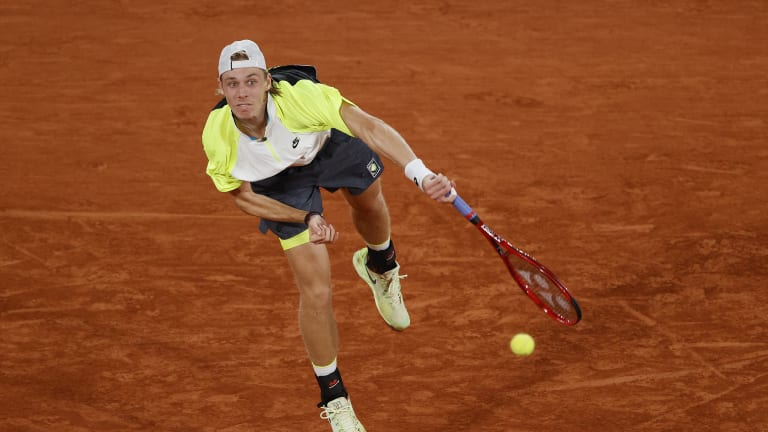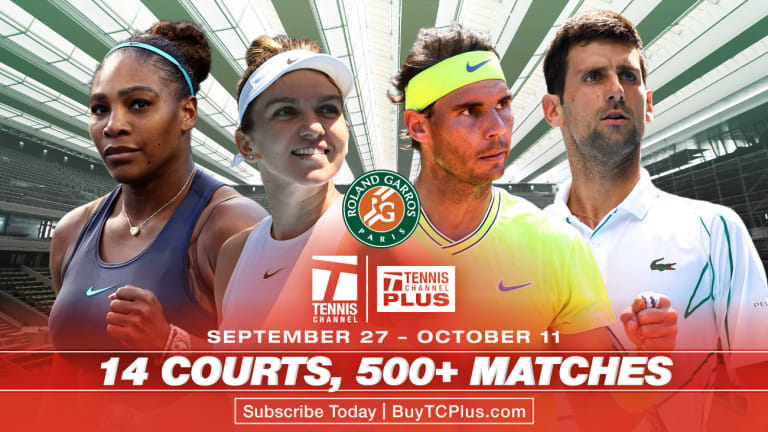Roland Garros
After Thiem, are Tsitsipas and Rublev next in line to challenge Big 3?
By Oct 02, 2020Roland Garros
Was the Carlos Alcaraz-Jannik Sinner Roland Garros match the best ever played?
By Jun 13, 2025Roland Garros
Who were the winners and losers at 2025 Roland Garros?
By Jun 09, 2025Roland Garros
Carlos Alcaraz and Jannik Sinner played the match of the decade, and maybe the century, at Roland Garros
By Jun 09, 2025Roland Garros
PHOTOS: Carlos Alcaraz captivates Chatrier with trademark joy after improbable Roland Garros title defense
By Jun 09, 2025Roland Garros
Carlos Alcaraz saves three match points, tops Jannik Sinner in longest Roland Garros final of Open Era
By Jun 08, 2025Roland Garros
Aryna Sabalenka clarifies controversial Coco Gauff claim: "Can't pretend it was a great day"
By Jun 08, 2025Roland Garros
Coco Gauff counters Aryna Sabalenka's Roland Garros claim by saying she 'wanted' Iga Swiatek in final
By Jun 08, 2025Roland Garros
2025 Roland Garros men's final preview: Carlos Alcaraz vs. Jannik Sinner
By Jun 07, 2025Roland Garros
PHOTOS: Coco Gauff celebrates Roland Garros title with parents, toasts champagne at Tennis Channel set
By Jun 07, 2025After Thiem, are Tsitsipas and Rublev next in line to challenge Big 3?
Winning from two sets down is evidence enough of a fighting quality not everyone possesses and to do so after a day’s rest spent traveling suggests something special.
Published Oct 02, 2020
Advertising

After Thiem, are Tsitsipas and Rublev next in line to challenge Big 3?
Advertising
After Thiem, are Tsitsipas and Rublev next in line to challenge Big 3?
Advertising

After Thiem, are Tsitsipas and Rublev next in line to challenge Big 3?
© Getty Images
Advertising

After Thiem, are Tsitsipas and Rublev next in line to challenge Big 3?